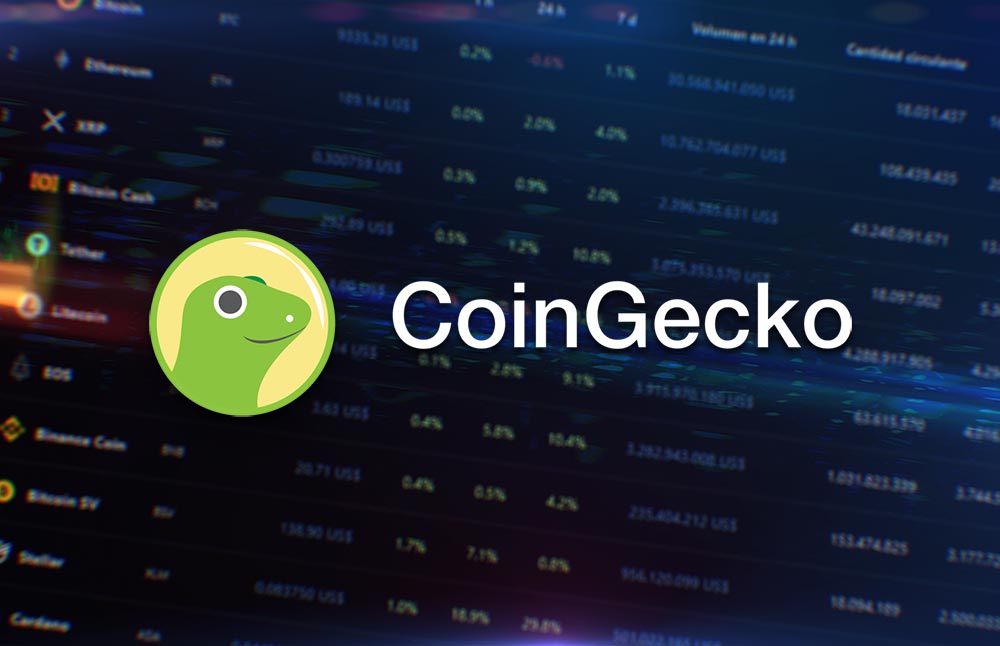Slippage Protection, Multichart Correlation & Trend-Reversal Alerts: The Crypto Trader’s Secret Weapons
Whoa! Ever executed a trade only to realize you got a way worse price than expected? Yeah, that stings. That’s slippage for you—when your order fills at a price that’s different from what you saw. For crypto traders, especially in volatile markets, slippage can gobble up your profits faster than you can say “HODL.”
But here’s the kicker: slippage isn’t just bad luck or market noise. It’s often a sign of thin liquidity or poor order book depth. And if you’re not watching closely, you might be walking into a trap.
Initially, I thought slippage was just about time delays or bad timing, but then I dug deeper and realized it’s a multifaceted beast. It’s about liquidity, order size, market impact, and even exchange quality. Actually, wait—let me rephrase that: slippage is like trying to buy a gallon of milk at a convenience store that only stocks pints. You’re gonna pay a premium.
Trading without slippage protection? That’s like driving blindfolded. You might be lucky, but odds are you’ll crash into a worse price. Something felt off about many beginner traders who ignore this—until they learn the hard way.
Okay, so check this out—there’s a way to shield yourself, and it’s not rocket science. It’s called slippage protection, and smart platforms integrate it as a key feature.
Now, speaking of smart tools, have you ever tried to watch multiple charts simultaneously, trying to spot if Bitcoin’s dip is syncing with Ethereum, or maybe some DeFi token? It’s messy, right? You look at one chart, then another, then back, and your brain goes “Wait, which one is leading?”
Multichart correlation tools solve that puzzle by showing how different assets move together—or don’t. It’s like having a crypto weather station, predicting storms before they hit.
Here’s the thing: correlation isn’t static. It shifts with market cycles, news, and sentiment. Sometimes coins dance in perfect harmony; other times, they’re doing their own wild thing. Recognizing these patterns can make or break your strategy.
Initially, I underestimated correlations, thinking they were just for hedge funds and quants. But watching a few key pairs helped me dodge some nasty downturns and catch rebounds early.
Really? Yes. And if you want to do this yourself, tools with dynamic correlation matrices and custom timeframes are your best friends.
Trend-reversal alerts? Man, those are the holy grail for traders who hate staring at screens all day. Imagine your phone buzzing the moment a coin breaks out of a downtrend or starts to rally.
But beware, not all alerts are created equal. Some are noisy as hell, spamming you for every tiny blip. Others lag, missing the big moves entirely.
So how do you get reliable alerts? You blend technical indicators with volume, liquidity, and even social sentiment. Yep, platforms nowadays factor in community buzz—because sometimes, hype drives price more than fundamentals.
On one hand, relying solely on indicators is dumb. But combining them smartly? That’s actually powerful.
Personally, I use alerts that integrate multiple signals—think RSI crossing, volume spikes, and support/resistance breaks all at once. When they trigger, I pay attention.

How coingecko Powers These Features Behind the Scenes
If you haven’t stumbled on CoinGecko yet, you’re missing out on a treasure trove of real-time crypto data. I’m biased, but it’s my go-to when I want liquidity scores, market depth, and historical data quickly. And the best part? It’s free, no registration hassle for most features.
CoinGecko’s liquidity scores are especially cool—they’re not just about volume, which can be fake or inflated. They measure slippage impact, bid-ask spread, and order book depth across multiple exchanges. This means you get a real feel for how easily you can enter or exit a position without wrecking the price.
Imagine you’re eyeing a shiny new altcoin that looks cheap. CoinGecko’s liquidity score tells you if that coin’s market is a ghost town or a lively bazaar. That’s huge for avoiding nasty surprises.
They also offer multi-chart views, showing correlated price movements across tokens, making it easier to spot when the market’s about to flip. And their alert system? You can set price thresholds, percentage changes, or volume spikes, and get notified instantly via the app or email.
Something I really appreciate—they pull developer activity metrics from GitHub and community stats from Twitter, Reddit, and Telegram. This adds extra layers to your analysis, beyond just price and volume.
Honestly, platforms trying to compete with CoinGecko often fall short on transparency or coverage. If you want to build your own dashboards or trading bots, their API is solid, with endpoints for tickers, historical data, and liquidity info.
One caveat: during peak volatility, the app sometimes lags a bit, but it’s way better than most alternatives I’ve tried.
Putting It All Together: A Trader’s Workflow
Here’s how I roll:
- Check liquidity scores on CoinGecko to filter out tokens with sketchy markets.
- Use multichart correlation tools to understand the market’s rhythm—whether BTC’s move drags the altcoins or if some sector is decoupling.
- Set trend-reversal alerts on coins I’m watching closely, combining technical patterns with volume and social buzz.
- Jump in or out based on these combined signals, not just gut feelings.
It’s not foolproof, but it beats flying blind. And yeah, sometimes alerts go off for false signals, but that’s trading life.
By the way, if you want an easy shortcut to all this data without juggling a dozen tabs, check out coingecko. Their interface is clean, fast, and you can customize watchlists to suit your style.
Oh, and here’s a tip—use their historical price endpoints if you want to backtest strategies or analyze how a token behaved around major events like forks or partnerships. It’s like having a time machine for crypto.
Why Slippage Protection Matters More Than You Think
Slippage can kill returns silently. Imagine you’re placing a big market order during a dip. Without slippage protection, your order might eat through several price levels, filling at worse prices and turning a potential profit into a loss.
Platforms that offer slippage tolerance settings let you cap how much slippage you accept. Set it too tight, your order might not fill; too loose, and you’re bleeding money.
Here’s what bugs me about a lot of DEX users—they blindly accept default slippage, sometimes 1% or more, not realizing that’s huge for volatile pairs.
With CoinGecko’s liquidity data, you can estimate realistic slippage before trading. For thin markets, maybe use limit orders or smaller sizes. For deep markets, you might loosen slippage a bit to ensure execution speed.
Seriously, mastering slippage is a game-changer. I remember once buying a meme token without checking liquidity. My “$100” order ended up costing me $130 because of slippage. Live and learn.
Multichart Correlation: Your Market Radar
Oh, and let me nerd out for a sec. Correlation matrices can be as addictive as your morning coffee. Watching how coins sync or diverge can reveal hidden market dynamics.
For example, if you see a DeFi token suddenly decoupling from ETH, maybe it’s due to a protocol update or news. Or if stablecoins start moving together, it might signal liquidity crunches or arbitrage opportunities.
But be careful: correlation isn’t causation. Sometimes coins move together due to macro market forces, other times, random noise.
Actually, I’ve noticed that during big sell-offs, correlations tend to spike—everything falls together—making diversification less effective. So, knowing when correlations tighten or loosen helps you adjust your portfolio risk.
CoinGecko’s platform integrates these insights in an easy-to-digest way, so you don’t need a PhD in statistics to benefit.
Trend-Reversal Alerts: Catching the Wave Before It Breaks
Trend reversals are like spotting a surfer’s perfect wave—you want to jump in right before the ride starts, not after it crashes.
But alerts can be annoying if they’re too sensitive or too slow. I’m picky, so I look for alerts combining price action, volume surges, and social chatter.
Why social chatter? Because sometimes, a tweet or a Reddit post can kickstart a move before technicals confirm it.
On one hand, chasing hype is risky. On the other, ignoring it means missing out.
CoinGecko’s news feed integration helps filter relevant updates, so you get notified about partnerships, audits, or regulatory changes that could flip a trend.
So yeah, your best bet is a cocktail of data: slippage protection to avoid bad fills, multichart correlation to understand market context, and trend-reversal alerts to time your moves smartly.
Trading crypto is messy, unpredictable, and sometimes brutal. But with the right tools, you can tilt the odds in your favor.
Check out coingecko for a solid start—trust me, it’s a game-changer.
